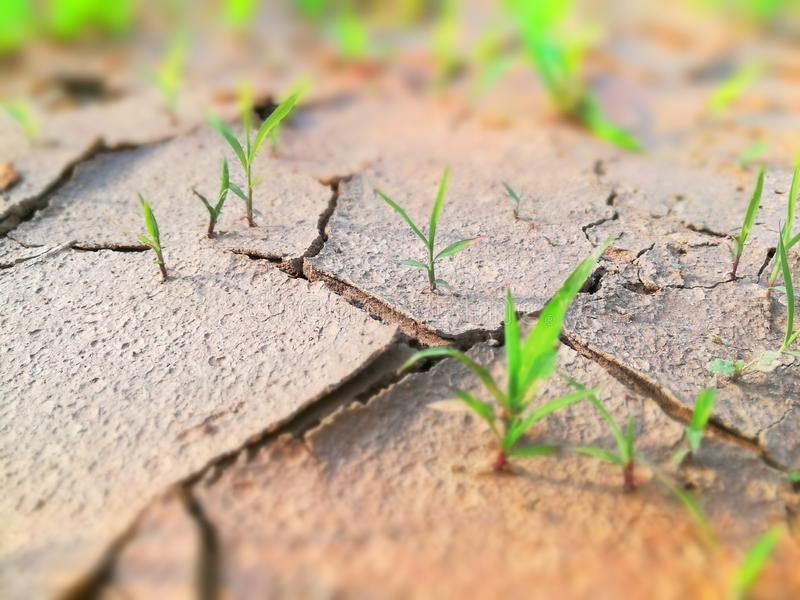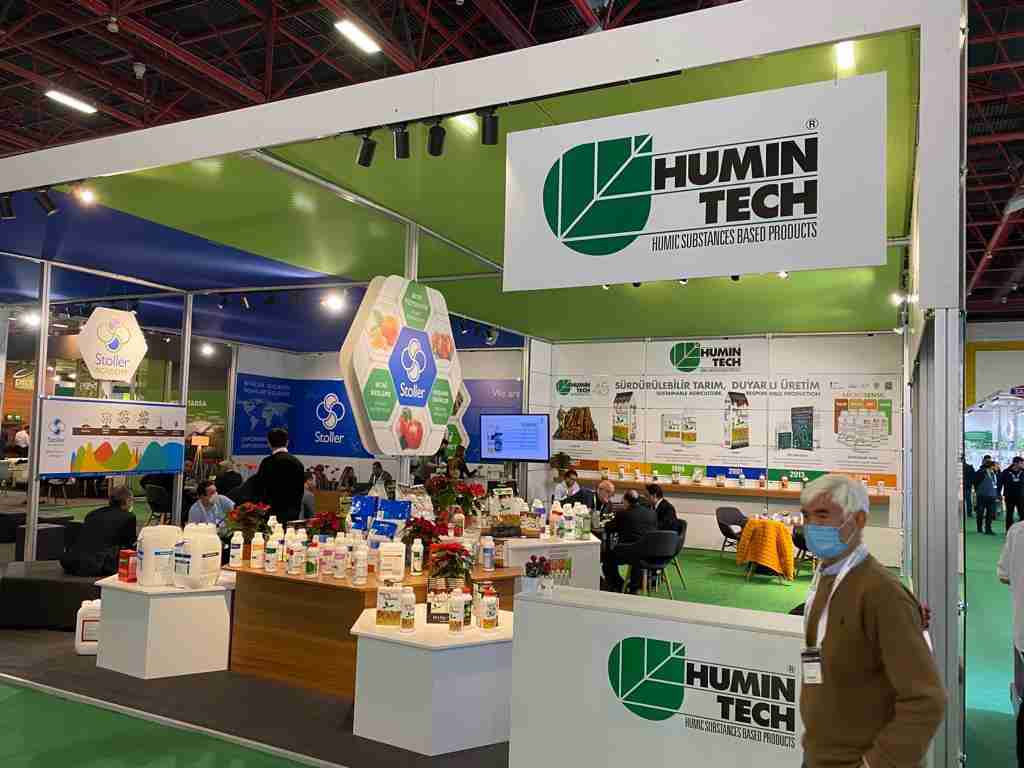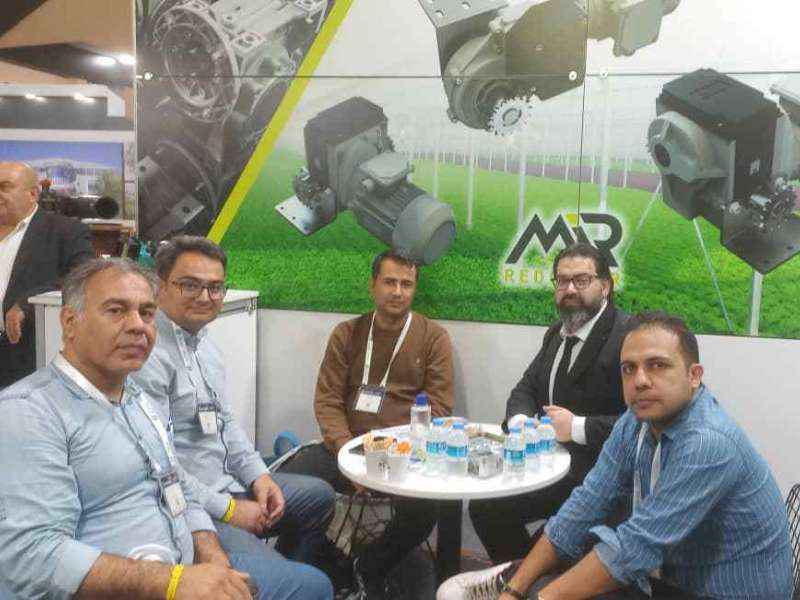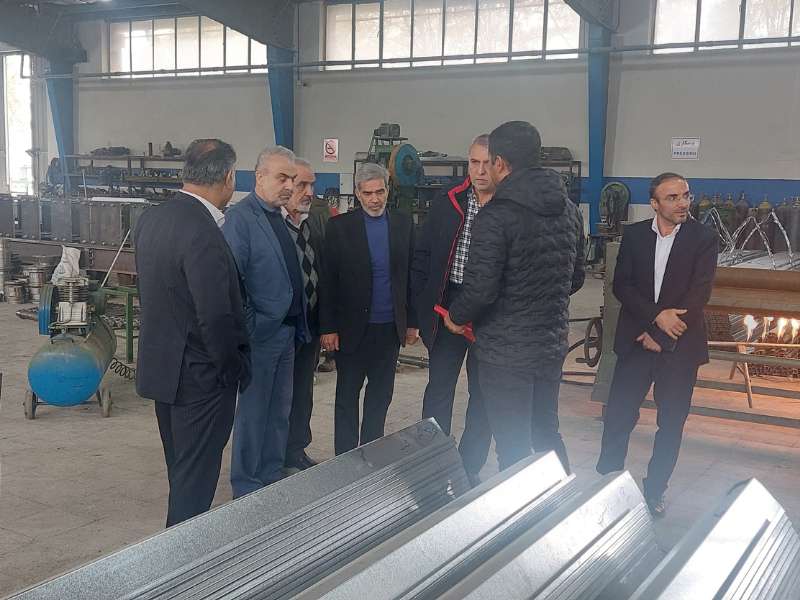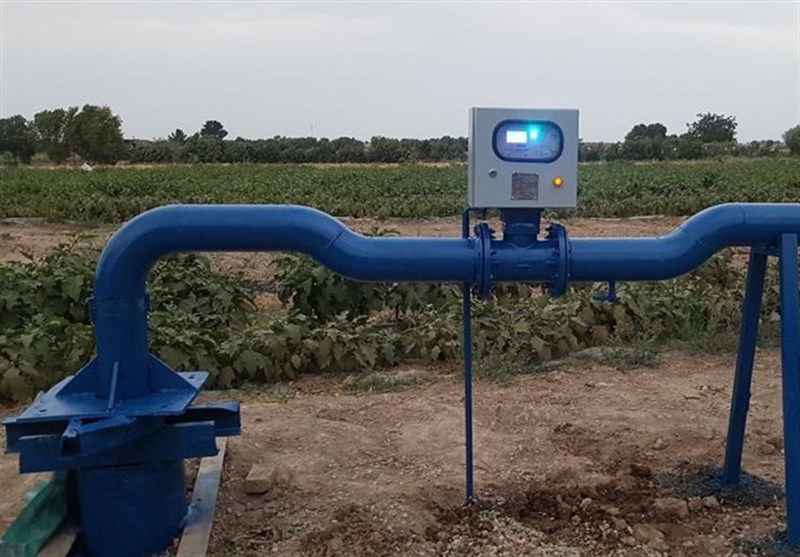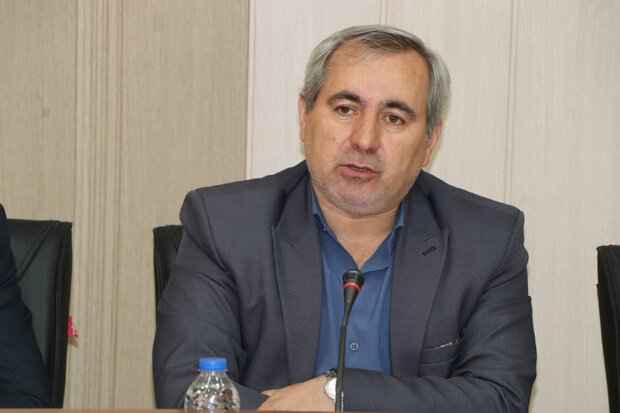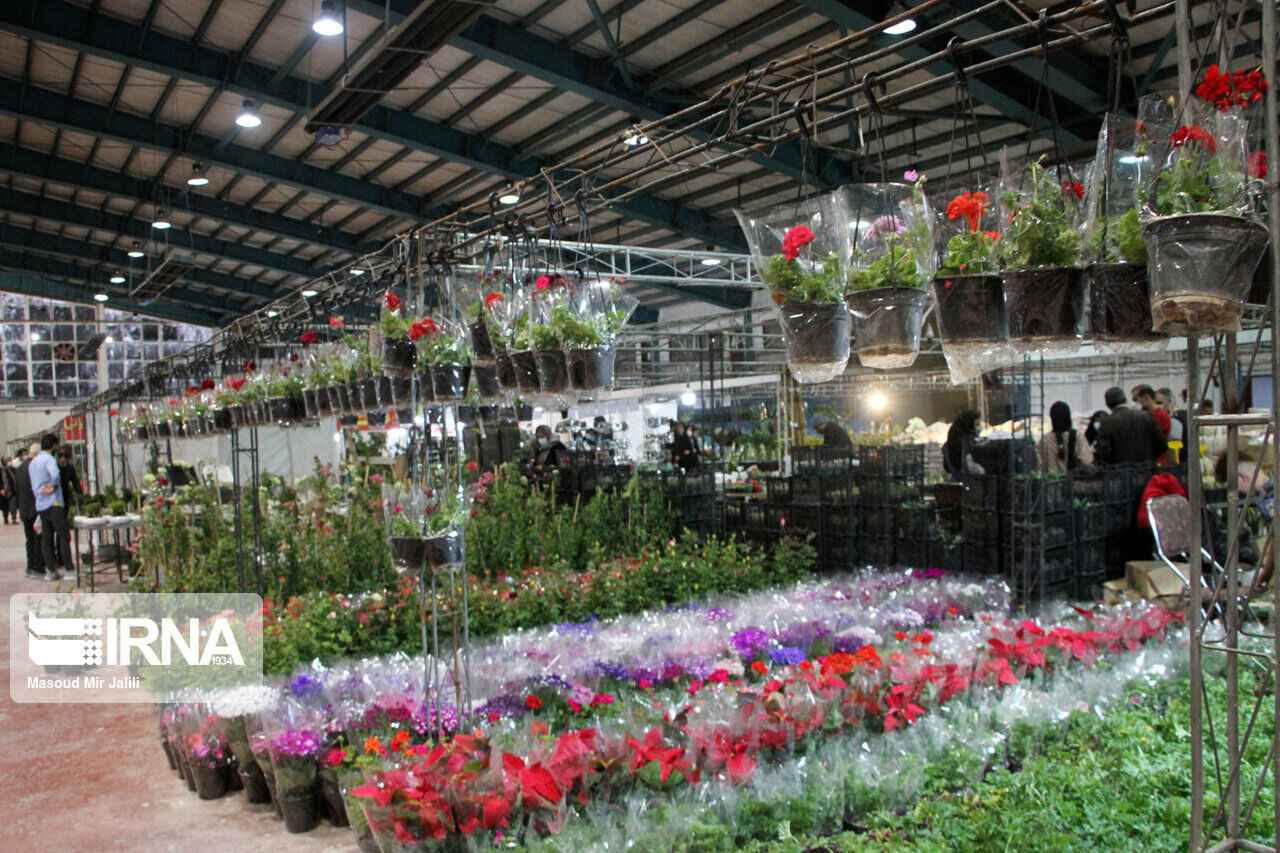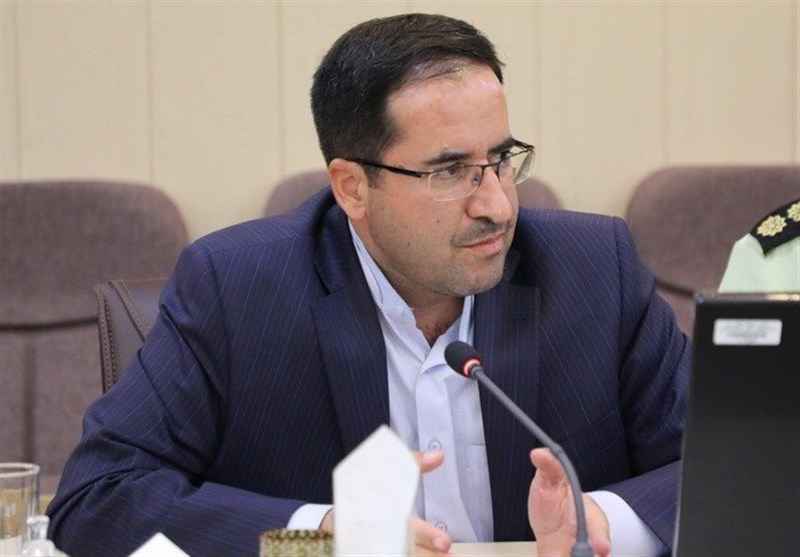Implementation of the production jump plan in 20 thousand hectares of rainfed lands of Semnan province
Semnan - The deputy of the Agricultural Jihad Organization of Semnan province announced the implementation of the plan to jump production in 20 thousand hectares of dry land of the province and said: Jihad has considered good facilities for the development of this type of cultivation.
In a conversation with Mehr reporter, Lotfollah Rezaei, while referring to the climate of Semnan province and the droughts that have had negative consequences on the agriculture of this province in recent years, emphasized: One of the policies of the Ministry of Agricultural Jihad in this regard is development and growth. It is part of the cultivation of wetlands.
He stated that rainfed cultivation without water requirement can be developed in some parts of Semnan province and for many products even oilseeds, he added: Good facilities have been considered for the jump of production in the drylands of Semnan province.
The deputy of the Agricultural Jihad of Semnan province announced the implementation of the production jump plan in 20 thousand hectares of dry land in Semnan province and emphasized: in this regard, the rainfed cultivation of oilseeds, wheat and barley, medicinal plants, etc. in susceptible areas in Semnan province such as Kalposh, is promoted. will be
Rezaei stated that in addition to bank facilities, the issue of consulting agricultural jihad experts has also been seen in this plan: cooperation and supervision of agricultural jihad promotion experts from the time of planting to harvesting will support the implementation of the rainfed production jump plan in the province.
He stated that the payment of seed subsidies, fertilizer and equipment subsidies is another possibility in the plan to jump the drylands of Semnan province and he emphasized: Jihad experts will also supervise the planting of crops in the drylands of the province.
The deputy of the Agricultural Jihad of Semnan Province said: The executive headquarters is also involved in this plan, and in recent days we saw the distribution of agricultural tools needed by the rainfed fields, such as sprayers and seeders, etc.
According to Mehr, rainfed is a method in which agricultural land is not irrigated by humans or is irrigated in very limited periods, and the rest of the water needed for this type of agriculture is provided by rainfall. Rainfed has a lower water requirement, but it is not possible to implement it in all parts of the province.

